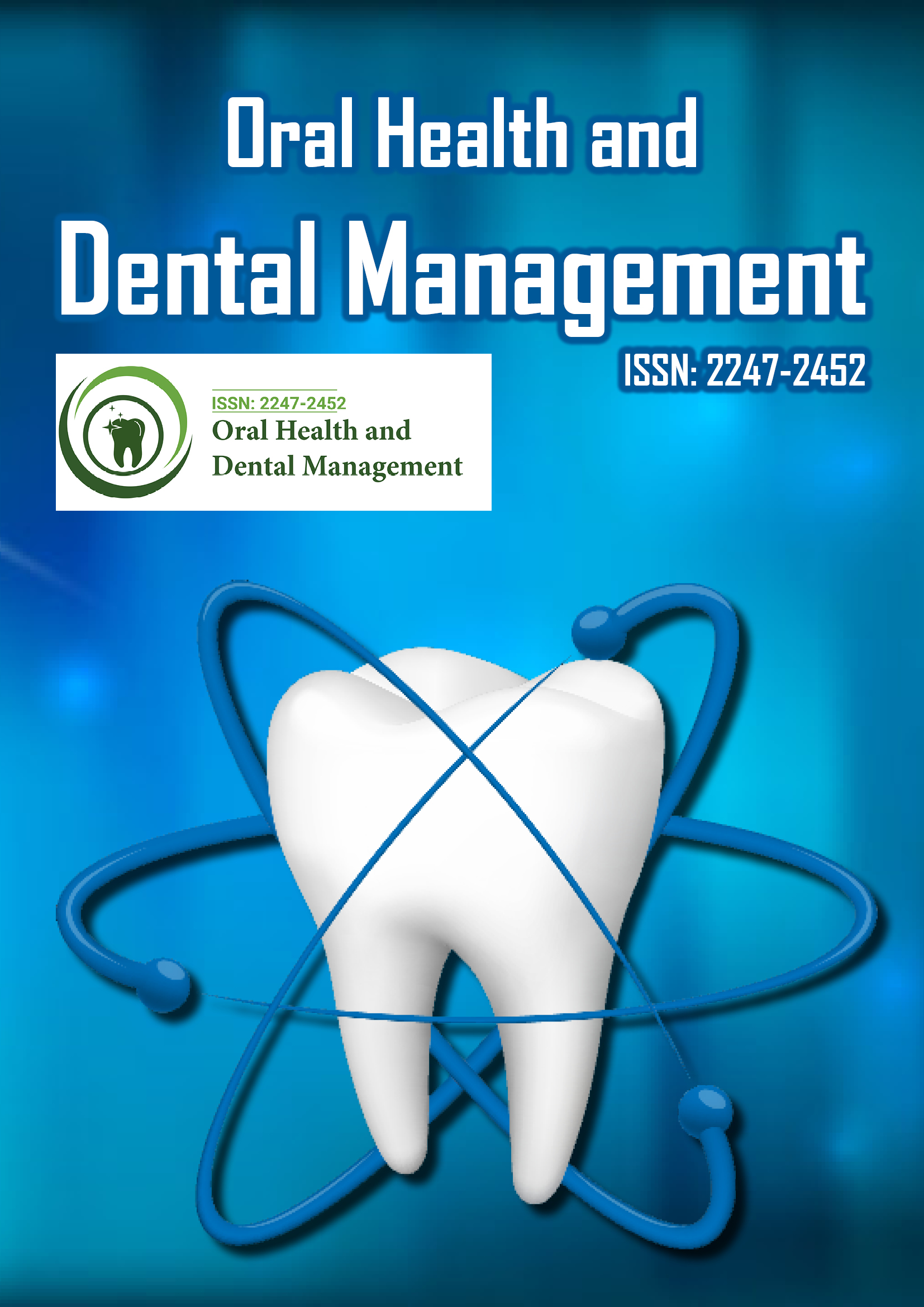Indexed In
- The Global Impact Factor (GIF)
- CiteFactor
- Electronic Journals Library
- RefSeek
- Hamdard University
- EBSCO A-Z
- Virtual Library of Biology (vifabio)
- International committee of medical journals editors (ICMJE)
- Google Scholar
Useful Links
Share This Page
Journal Flyer

Open Access Journals
- Agri and Aquaculture
- Biochemistry
- Bioinformatics & Systems Biology
- Business & Management
- Chemistry
- Clinical Sciences
- Engineering
- Food & Nutrition
- General Science
- Genetics & Molecular Biology
- Immunology & Microbiology
- Medical Sciences
- Neuroscience & Psychology
- Nursing & Health Care
- Pharmaceutical Sciences
Abstract
Prevalence and Pattern of Cutaneous Lesions in Relationship to CD4 Cell Counts among Newly Diagnosed HIV Patients in University of Ilorin Teaching Hospital (UITH), Ilorin, Nigeria
Shittu RO, Adeyemi MF, Odeigah LO, Abdulraheem O Mahmoud, Biliaminu SA and Nyamngee AA
Background: Oral lesions are among the earliest clinical manifestation of HIV infection. In developing countries like Nigeria, were sophisticated diagnostic apparatus used to monitor the immunologic status of HIV/AIDS patients is not readily available, early recognition of the commonest and specific HIV-related oral lesions can be used for diagnosis so that prompt treatment can be provided to reduce morbidity. Objectives: To assess the prevalence and spectrum of oral lesions in relationship to CD4 cell counts among newly diagnosed HIV patients in University of Ilorin Teaching Hospital (UITH), Ilorin, Kwara State, Nigeria.
Methods: This was a hospital based, cross sectional, descriptive study of 160 newly diagnosed adult patients attending the HIV/AIDS clinic of UITH, Ilorin. The study protocol was approved by the Ethics committee of the UITH. Informed consent from all the patients was also obtained prior to data collection. All the HIV patients were treatment naïve. A questionnaire guided interview and clinical oral assessment were used.
Results: The prevalence of oral lesions was 31%. The commonest oral lesion was of fungal origin (53.1%) followed by viral (36.7%). Oral lesions of inflammatory origin (6.7%) were relatively rare while those of bacterial origin (4.1%) were not very common. None of the oral lesions detected was of neoplastic origin. Most of the oral lesions occurred when the CD4 cell counts were less than 200 cells/μl.
Conclusion: Oral lesions are common in people with HIV with very low CD4 cell counts (≤ 200 cells/μl). Oral Candidiasis is the commonest lesion in Ilorin, Kwara State, Nigeria.
